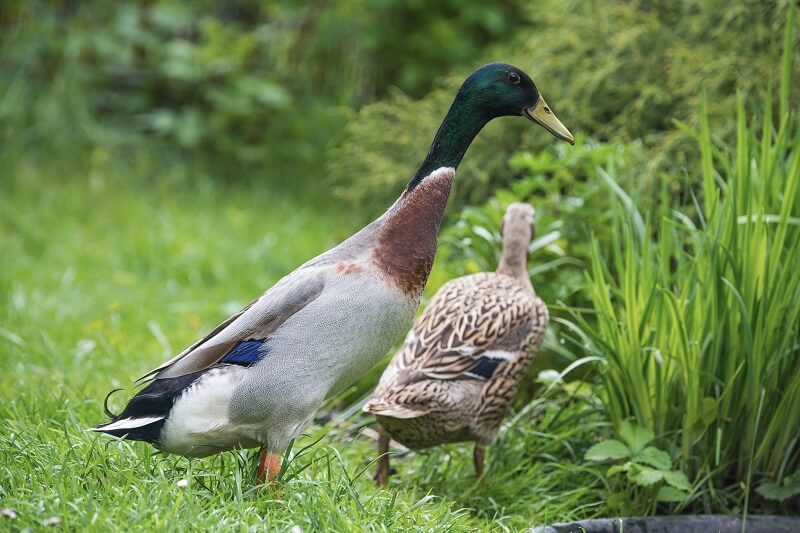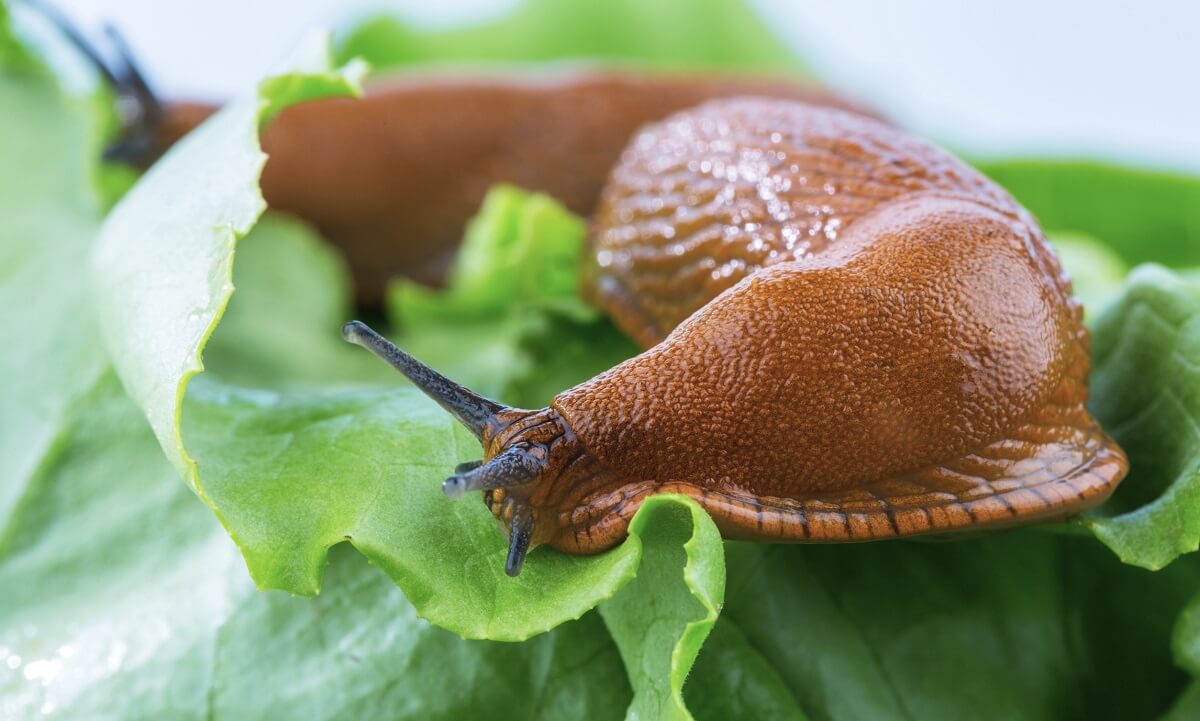The Spanish slug is an invasive pest species that originates from the Iberian Peninsula, but in recent years has become more and more widespread in most European countries, and is now a serious problem in entire Europe.
Its color is reddish brown or caramel, its mucus is orange or pale and colorless. Spanish slugs appear in the garden especially after rain or during periods of high humidity, such as morning and evening, and are somewhat less of a problem in dry, warm weather. They can grow up to 12 cm long and are amazingly voracious animals.
They reproduce extremely quickly and, being a hermaphroditic species, individuals are self-fertilizing and can reproduce by the hundreds. Each adult snail lays up to 400 eggs in the soil.
They appear already in early spring and cause enormous damage in the garden, as they chew up everything green except the prickly, smelly plants, capable of wreaking havoc in a garden from May until the autumn frosts.
They eat the green plant parts, but they also pollute the plant and the fruit with their mucus and excrements. Even the underground plant parts can fall prey to them, they chew the tubers and taproots. One of their favorites is horseradish leaves, but they also attack canola and other field crops.
Natural methods to combat Spanish slugs
The appearance of Spanish slugs in the garden is extremely difficult to prevent, and once they have appeared, it is very difficult to get rid of them. There are several natural ways, however, to protect your garden against these rather disgusting pests.
Such solutions are coffee grounds or scattered ashes, which dry out slugs as they pass through them. Many people also try table salt, but this also damages the soil, so it is not an ideal solution.
Other gardeners recommend the beer trap, because the smell of beer attracts slugs, and if they fall into a bowl of beer placed in the ground, they will drown. Containers filled with salty or soapy water can also act as traps.
Some gardeners also try eggshells, but many find that this method does not stop slug invasion. It can also help to collect the snails by hand with a shovel, but this is an exhausting task and not the most efficient.

The most effective solution to get rid of this otherwise almost ineradicable pest is the Indian mallard.
Indian mallards actually hunt down snails
This bird from Southeast Asia collects practically every pest in the garden, and one of its favorite treats is the Spanish slug.
Since it has a very good sense of smell, it quickly finds snails and also eats the animal’s eggs, thus preventing their reproduction. A pair of ducks can even be enough to rid an entire garden of snails.
It is important to provide ducks with enough water, because this is the only way they can swallow the slimy, muscular snails.
You should also pay attention to the fact that these strange-looking birds, also called penguin ducks because of their upright posture, like to dig holes in the ground, and they should not be left free in the vegetable garden, as they also like to eat vegetables, especially lettuce.

